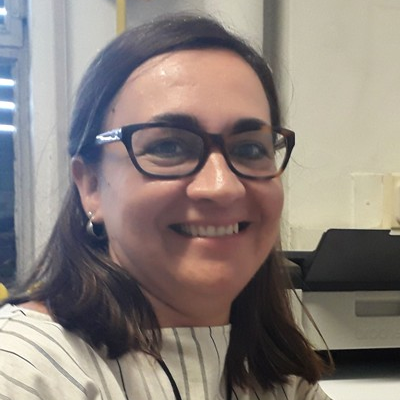TGF-beta/BMP Signaling Pathway
A special issue of Cells (ISSN 2073-4409). This special issue belongs to the section "Cell Signaling".
Deadline for manuscript submissions: closed (31 October 2019) | Viewed by 201615
Special Issue Editors
2. Oncology Program, CIBEREHD, Instituto de Salud Carlos III, 28029 Madrid, Spain
3. Department of Physiological Sciences, Faculty of Medicine and Health Sciences, University of Barcelona, L'Hospitalet, 08907 Barcelona, Spain
Interests: liver; TGF-beta; EGF; NADPH oxidases; NOX4; oxidative stress; epithelial mesenchymal transition (EMT); liver stem cells; metabolism and liver; liver cancer; HCC; liver fibrosis; liver signaling
Special Issues, Collections and Topics in MDPI journals
Interests: hepatic progenitor cell; liver regeneration; chronic liver disease; hepatocarcinogenesis; signalling; TGF-beta; BMP9; HGF/Met; EGFR
Interests: liver; signalling; TGF-beta; BMP9; hepatocellular carcinoma; chronic liver disease; HGF/Met; hepatic progenitor cell; oxidative stress
Special Issues, Collections and Topics in MDPI journals
Special Issue Information
Dear Colleagues,
The TGF-β superfamily plays key roles in development and tissue homeostasis, controlling the maintenance and regeneration of mature tissues. Cytokines belonging to this family can be multifunctional (TGF-β and BMPs) or develop highly specialized functions (AMH, GDF8) and they control a variety of cellular processes, such us proliferation, differentiation, cell death, adhesion and movement, metabolism, pluripotency, and stemness.
TGF-β family members share a common pathway, the Smad pathway, that controls gene expression in a context dependent fashion since this pathway can be finely tuned at different levels. TGF-β can also activate non-Smad signaling pathways that modulate downstream cellular responses.
Giving the wide array of cell regulatory functions of TGF-β superfamily, dysregulation of this signaling pathway is, as expected, at the grounds of many developmental and degenerative diseases, having an intricate role in tissue fibrosis and cancer.
In this Special Issue, we aim to recapitulate current knowledge of this vast field and to give the possibility of sharing novel data on the multiple aspects of TGF-β signaling.
We invite experts to contribute with research papers and critical reviews on TGF-β/BMP signaling: From regulation and crosstalk to biological relevance in metazoan organisms both in physiological and pathological contexts, and how it can be modulated in disease to gain a therapeutic benefit.
Dr. Isabel FabregatDr. Aránzazu Sánchez
Dr. Blanca Herrera
Guest Editors
Manuscript Submission Information
Manuscripts should be submitted online at www.mdpi.com by registering and logging in to this website. Once you are registered, click here to go to the submission form. Manuscripts can be submitted until the deadline. All submissions that pass pre-check are peer-reviewed. Accepted papers will be published continuously in the journal (as soon as accepted) and will be listed together on the special issue website. Research articles, review articles as well as short communications are invited. For planned papers, a title and short abstract (about 100 words) can be sent to the Editorial Office for announcement on this website.
Submitted manuscripts should not have been published previously, nor be under consideration for publication elsewhere (except conference proceedings papers). All manuscripts are thoroughly refereed through a single-blind peer-review process. A guide for authors and other relevant information for submission of manuscripts is available on the Instructions for Authors page. Cells is an international peer-reviewed open access semimonthly journal published by MDPI.
Please visit the Instructions for Authors page before submitting a manuscript. The Article Processing Charge (APC) for publication in this open access journal is 2700 CHF (Swiss Francs). Submitted papers should be well formatted and use good English. Authors may use MDPI's English editing service prior to publication or during author revisions.
Keywords
- TGF-b
- signaling
- BMPs
- Smad pathway
- Non-Smad signaling
- development
- adult homeostasis
- disease
- fibrosis
- cancer








